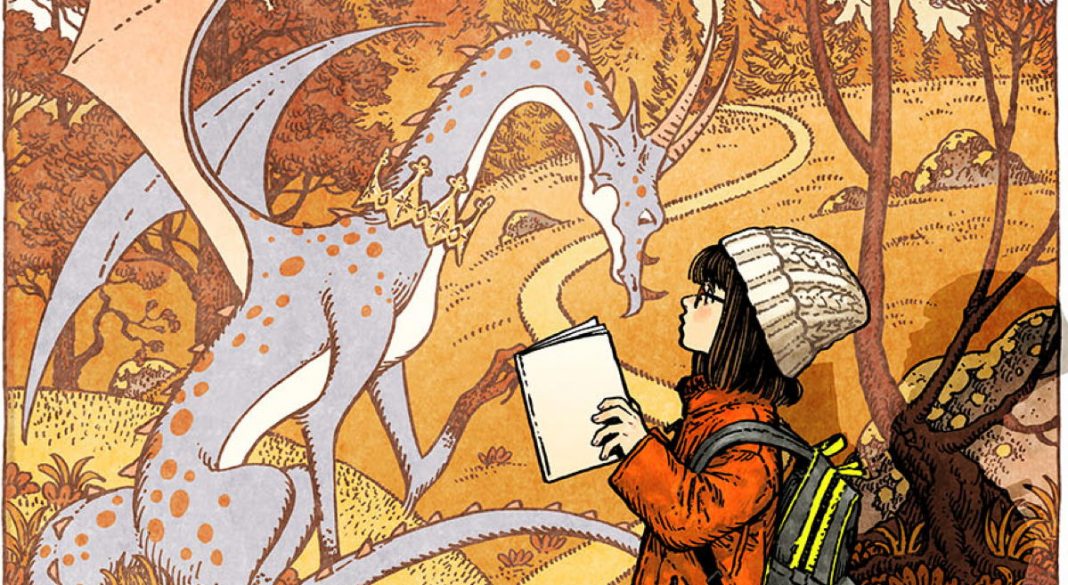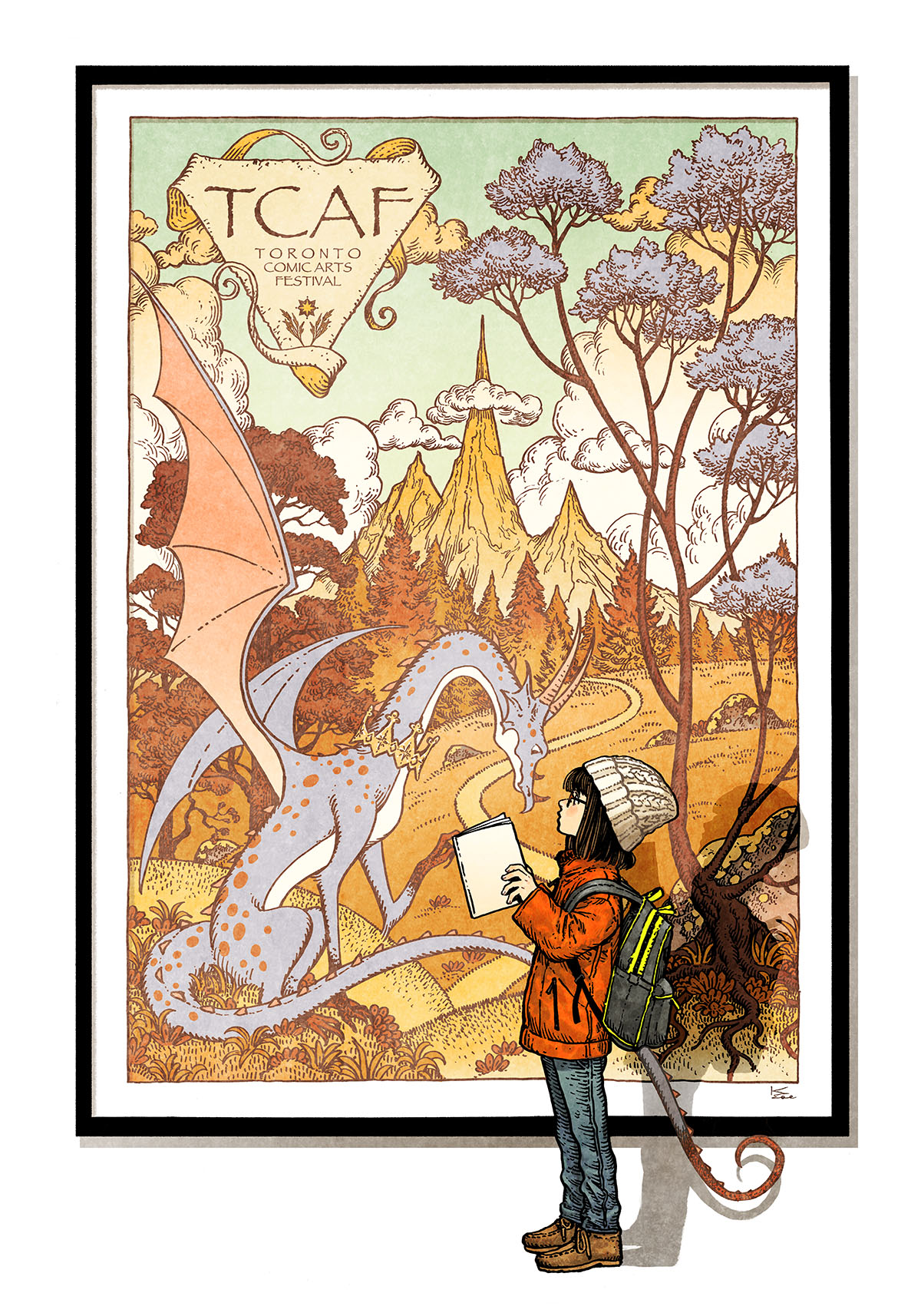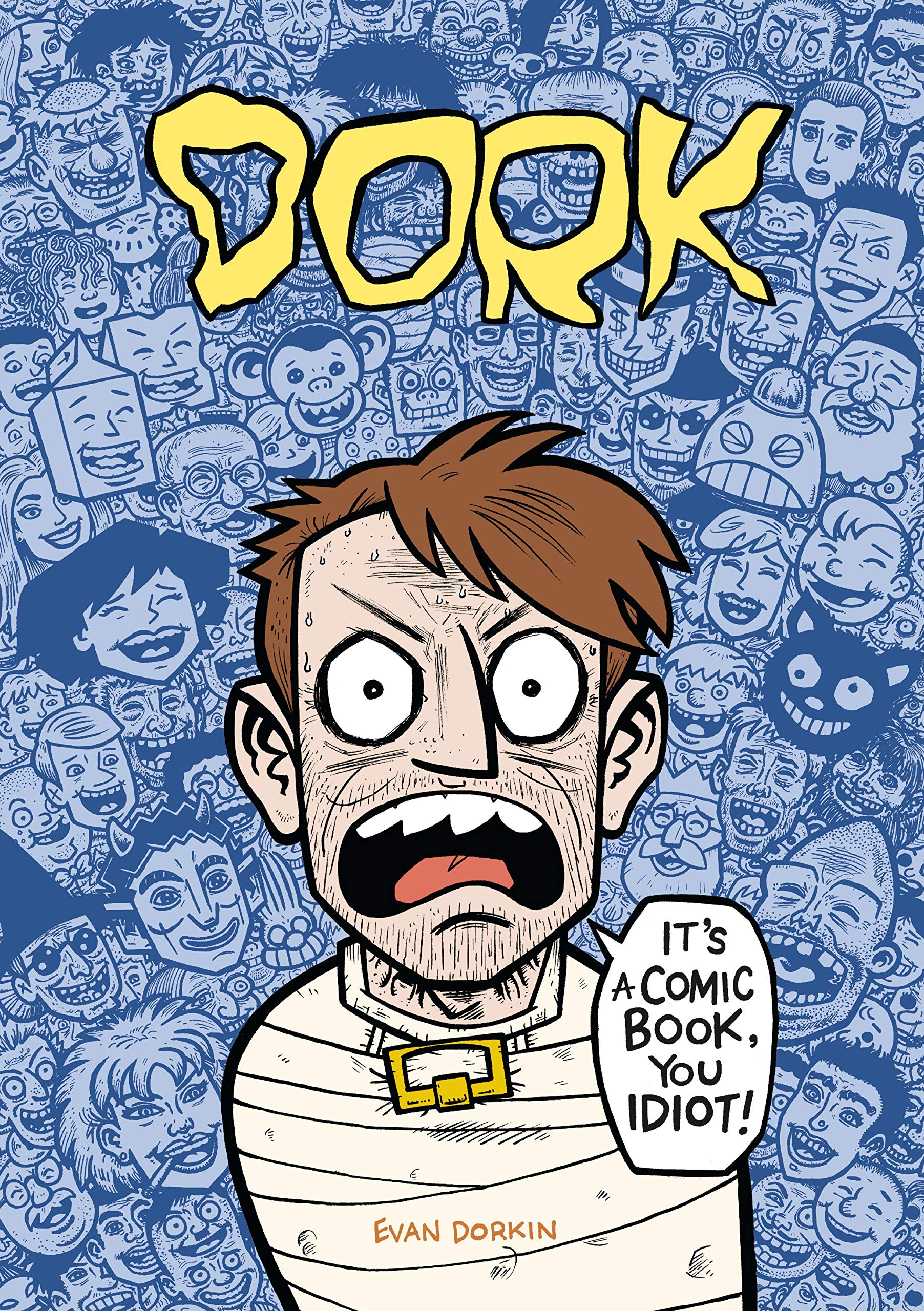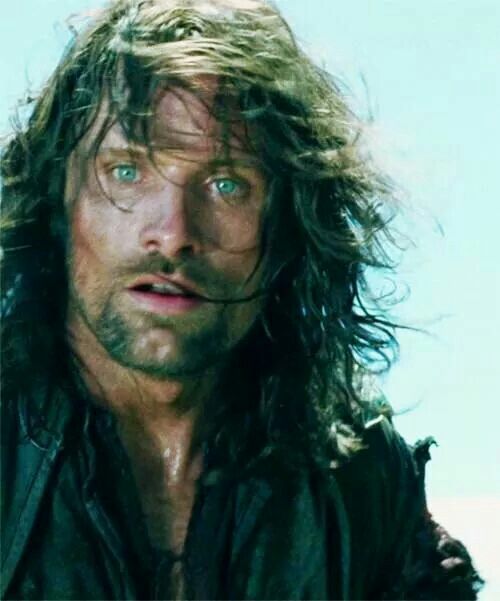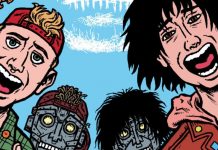§ Nice art: In a beautiful healthy world, I would have been just back from TCAF, my heart ovestuffed with memories and love for comics. Alas, it is only a hashtag this year, but here is a poster by Kamome Shirahama. Click on that hashtag and do a virtual tour!
§ Speaking of Canadians Caf, VanCAF is also taking it online.
§ Henry Jenkins is an academic much interested in fandom, and he’s been running a series called Crisis in the Direct Market: A Virtual Roundtable that includes Todd Allen, Shawna Kidman, William Proctor and Phillip Vaughan in a conversation about what is happening. THE RETURN OF TODD ALLEN! This roundtable is VERY LONG and I haven’t had a chance to read it. But perhaps we can now. It is in FIVE parts.
Part 1, Part 2, Part 3, Part 4, Part 5.
It’s also a follow up to three previous parts:
Last week, we brought you three installments focused on the consequences of the coronavirus pandemic on the distribution of US comics. These were ‘Comics, Covid, and Capitalism,: A Brief History of the Direct Market’ by William Proctor, and ‘Is There a Way For Comics to Move Forward During COVID-19?’ by Todd Allen in two parts (here and here).
A sample from Allen in part 1:
The decline of subscription services over the years have probably been a combination of a few things. If you go back and look at the house ads in American comics of the 1970s, you’ll see plenty of ads for subscriptions, often full page ads and usually with a discount involved. Buy two and get the third free, that sort of thing. As the Direct Market started to take hold in the 80s, I think towards the end of the 80s, those subscriptions offers got phased out. Direct Market retailers can be extremely possessive about the comic market and generally complain any time a new market opens or if someone outside the DM is offering a discount (the driving reason why new issue releases in digital are at print list price), so I can’t imagine that retailers weren’t complaining about subscription discounts. On the publisher side, as the business started to move towards non-returnable sales to the Direct Market and away from advertising as a larger revenue stream, I suspect the profit and effort of processing discounted subscriptions may have been less appealing and been a factor in it being discontinued. I can tell you that when Marvel decided to cancel all the secondary Spider-Man titles in ‘08 and instead release Amazing Spider-Man three times a month, they offered a substantial discount to anyone who wanted to subscribe. I want to say it was 30% or 40%. The retailers screamed so loud, you’d have thought someone had come into their individual stores and robbed them at gunpoint. And from the perspective of those retailers, that’s what had happened. Until the collected editions started picking up steam in the bookstores, the DM retailers were the only game in town for the publishers and they guarded that status like a jealous god for as long as they could. For single issues, they’re still the only game in town. Subscriptions are a textbook example of channel conflict between retail and manufacturing. I used to use it as an example when I was an eBusiness professor because it was such a no-shades-of-grey case study.
Enjoy!
§ Librarian Amie Wright, the outgoing president of the Graphic Novel and Comics Roundtable at the ALA gets a great interview at TCJ. Libraries are also suffering in COVID-land but we haven’t heard as much about them. They are all closed and going digital. But librarians are pressing on!!!
So we were like, “Let’s take our reader advisory form online.” People can write into the form and tell us a little about what they like to read or something that they’ve read, and we’ll suggest at least three titles. I usually go a little bit over, which is why I did the bonus [referring to the extra recommendation in response to the interviewer’s form]. Reader’s advisory, I think is, we try to be as broad professionally as possible, but it’s a very personal thing obviously, reader’s choices.
Yesterday, I was very excited. As you know, Wednesday in comics is New Comic Book day. But of course, with the lingering questions about distribution with Diamond news, we were like, “Okay, how can we support local stores?” So, we did a live reader’s advisory yesterday with staff from Beguiling Comic Shop in Toronto, the organizers of the Toronto Comics Arts Festival.
We wanted to take our reader’s advisory form but put it out to a larger audience. We did some of our recent reader’s advisory forms— I had a few and some staff from The Beguiling came up with theirs, so we had a live reader’s advisory.
§ Maybe it is not ALL ruination and suffering! Genndy Tartakovsky’s ‘Popeye’ Movie is alive again! If you know anything about Tartakovsky and Popeye you know this is a marriage made in heaven. The film was on the schedule all the way back in 2012 but got shelved. Tartakovsky went on to commercial success with the Hotel Transylvania franchise, however, and with his new levels of clout, it looks like a dream project may be stirring again. Although the source is merely “sources close to Animation Magazine” I want to believe!
An animation test for Tartakovsky’s “as artful and unrealistic as possible” CG interpretation of E.C. Segar’s classic character was revealed in 2014 (featuring the voices of Grey DeLisle and Tom Kenny). However, in a 2015 interview timed to the release of the HT2 trailer, the director revealed he was off the project, saying, “I was in love with what we were doing, but I think the studio is going through changes and I don’t know if they want to make the Popeye that I want to make.” Tartakovsky was set to move on to an original story, Can You Imagine? with SPA, but the project was canceled.
Dreams never die!
§ It seems that English comics historian Frank Plowright has been reviewing graphic novels, and now he’s up to Evan Dorkin’s humor masterpiece, DORK:
If a single graphic novel is all you can have in the house during self-isolation Dork has to rank high on the list of desirable items, simply on the basis of density alone. The 272 pages are packed, dozens of them featuring five to seven single tier gag strips on the most random topics, but crucially almost all funny. Following a two page illustrated introduction, Dork’s opening pages swerve from a faked sitcom about a family of serial killers to a Fisher Price theatre version of Catcher in the Rye, then to an autobiographical anecdote about giving change to the homeless. That’s followed by six single pages, starting with a nutty stream of consciousness piece, then depictions of ketchup mishaps, a commentary about celebrity aid to Africa, a dark gag about three wishes, a sarcastic set of Comic Industry Trading Cards, and the heartwarming ‘Life’s Great Rewards’. This frenetic virtuosity all precedes the first helping of single tier strips. There’s a roughness or deliberate looseness to some of the cartooning, but most is polished and continues that way.
§ Are You an Aragorn Girl or a Legolas Girl? Aragorn all the way here.
§ Speaking of all the way, Paul Vasquez “the double rainbow” guy has passed. He was 57. I’ll never get tired of this, or rainbows, or double rainbows, or joy in life. Wonder with me, once again.


